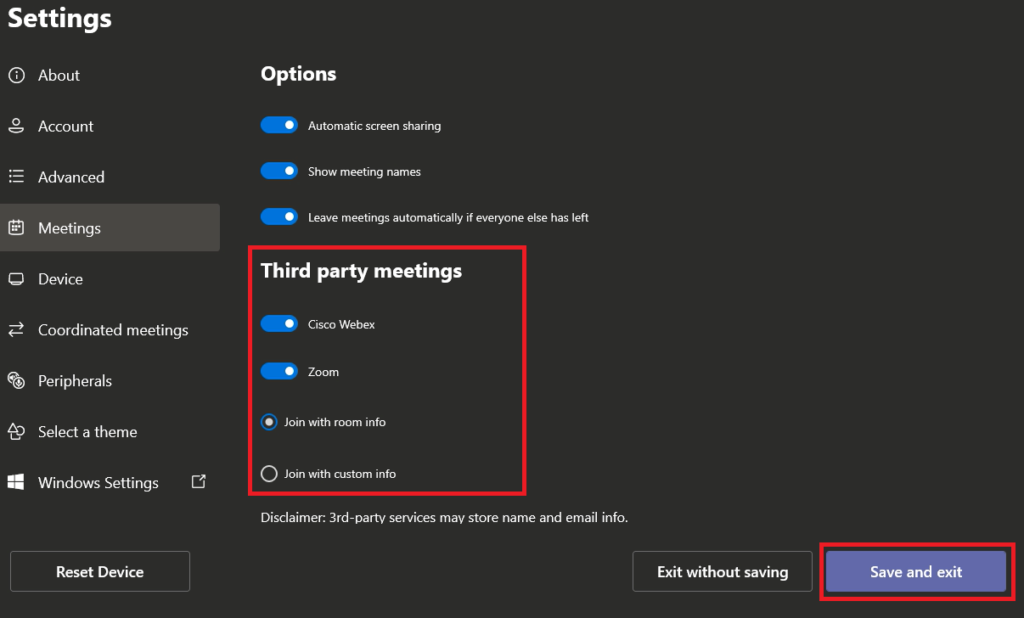In the ever-evolving landscape of digital tools, Microsoft is set to enhance the user experience of its Copilot for Microsoft 365, aligning it more closely with the recently rebranded Microsoft Copilot (formerly Bing Chat Enterprise). This blog post delves into the upcoming UI changes slated for late March to mid-April 2024, their implications, and how they will refine the way we interact with these cutting-edge tools.
Unveiling the Changes: A Closer Look at the UI Updates
Enhanced Security Visualization
- Green Shield Icon: A notable addition to the UI header, next to the user profile image, is the green shield icon. This icon is not just a visual element but a gateway to understanding Microsoft’s commitment to enterprise compliance. Hovering over or pressing this icon reveals a flyout description linking to detailed information about compliance standards.
Clarified Legal and Data Protection
- Persistent Disclaimer: Beneath the chat prompt box, a new, always-visible disclaimer emphasizes Microsoft’s enterprise compliance, accompanied by links to the Terms, Privacy, and FAQs. This change ensures that users are constantly aware of the data protection standards upheld during their interactions.
Simplified User Interface
- To reduce redundancy and enhance clarity, Microsoft is removing the blue lock icon and the legal disclaimer that previously appeared in multiple locations within the UI. These changes aim to streamline the user experience, making it easier to focus on what matters.
AI Accuracy Acknowledgment
- Each chat will now feature a disclaimer at the bottom, marked by a shield and lock icon, reminding users of the potential inaccuracies in AI-generated content. This addition is a nod to the importance of critical engagement with AI outputs.
Streamlined Branding
- In a significant shift, company branding, including logos, will be removed from the Copilot for Microsoft 365 UI, signaling a unified appearance across Microsoft’s Copilot platforms.
Rollout and Accessibility
These UI updates will be applied across various entry points, including Copilot.microsoft.com, Copilot in Bing, Edge, Windows, and mobile applications for Microsoft Copilot and Edge. However, it’s important to note that Copilot for Microsoft 365-specific entry points within Microsoft 365 apps will remain unchanged.
Impact on Your Organization
The upcoming changes are focused on the UI and do not alter the terms, privacy, or data protections of Microsoft Copilot for Microsoft 365. These enhancements are designed to improve user experience and compliance visibility without impacting the core functionalities and protections.
Preparing for the Change
To ensure a seamless transition, organizations should proactively inform their users about these UI updates. Familiarizing users with the new elements and their functionalities will help leverage the full potential of Microsoft Copilot for Microsoft 365’s enhanced interface.
Conclusion
Microsoft’s initiative to update the Copilot for Microsoft 365 UI reflects its commitment to improving user experience and alignment with enterprise compliance standards. As we anticipate these changes, it’s crucial for organizations to prepare and guide their users through this transition, embracing the new features and the enhanced security and clarity they bring to the digital workspace.

